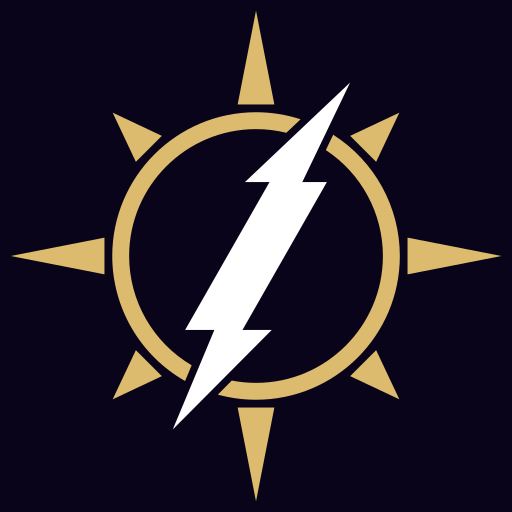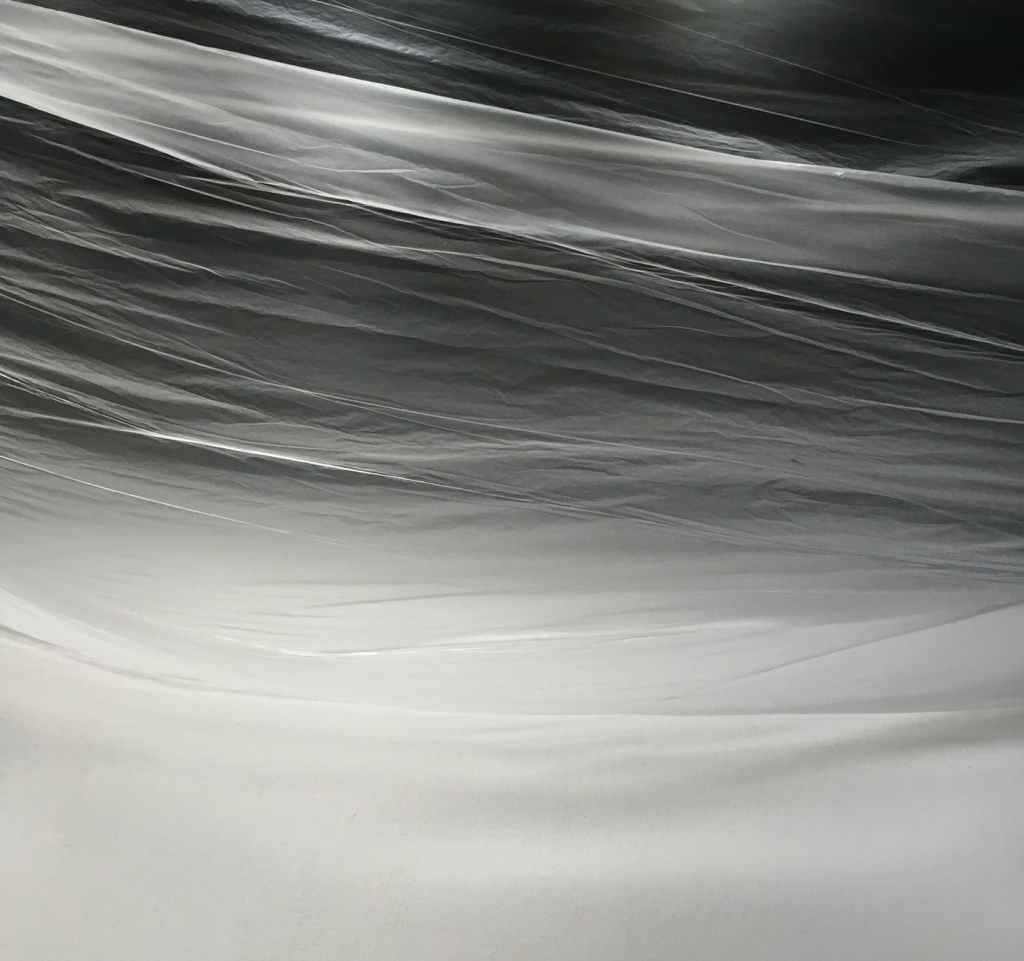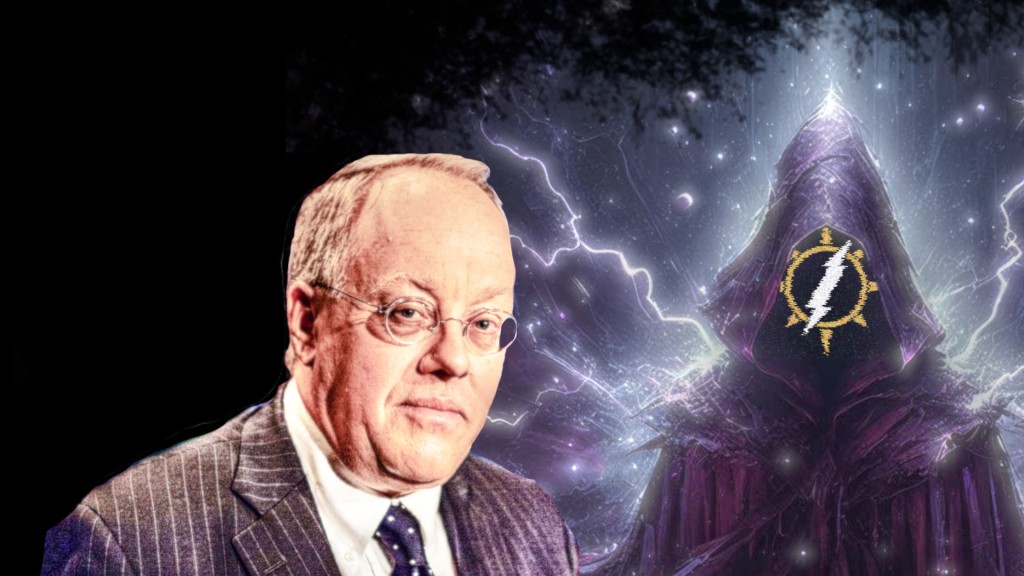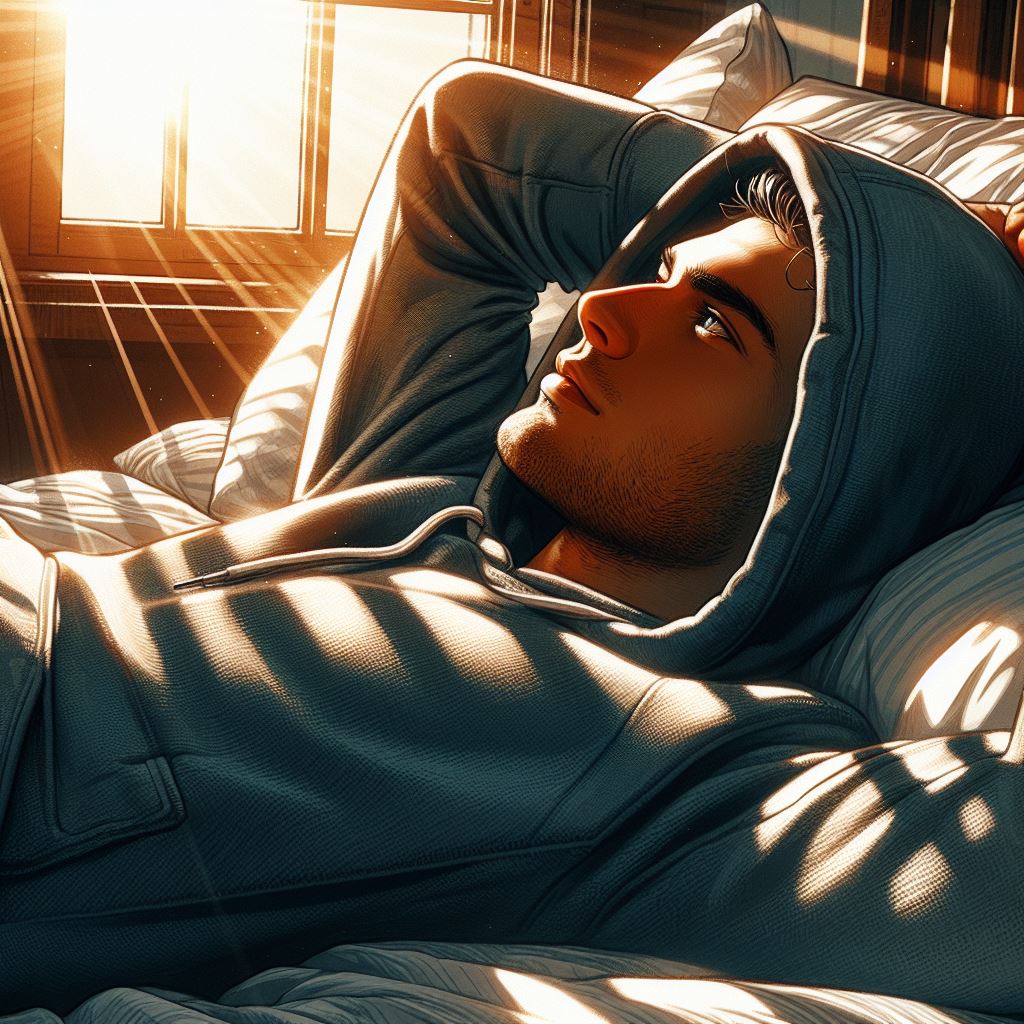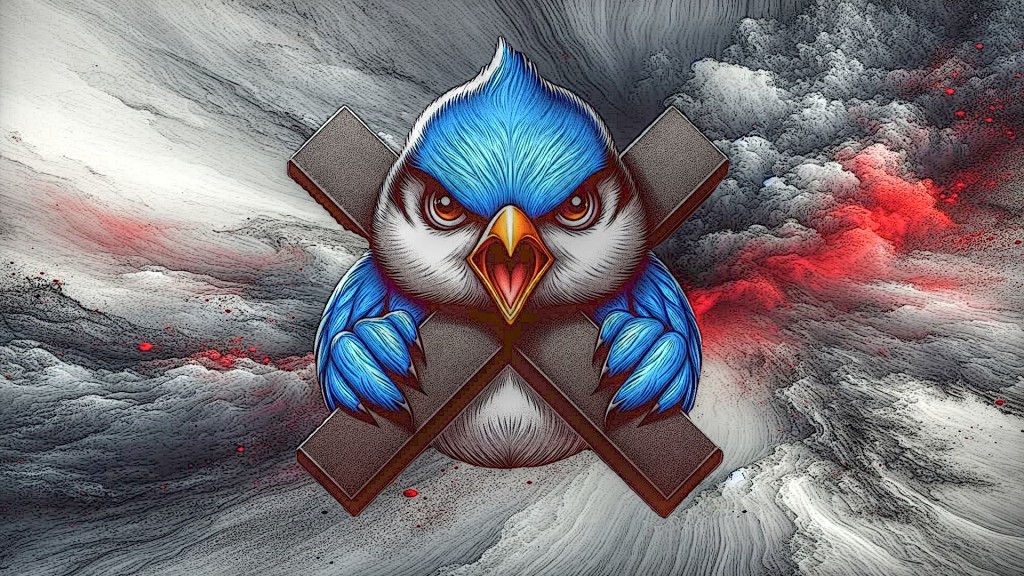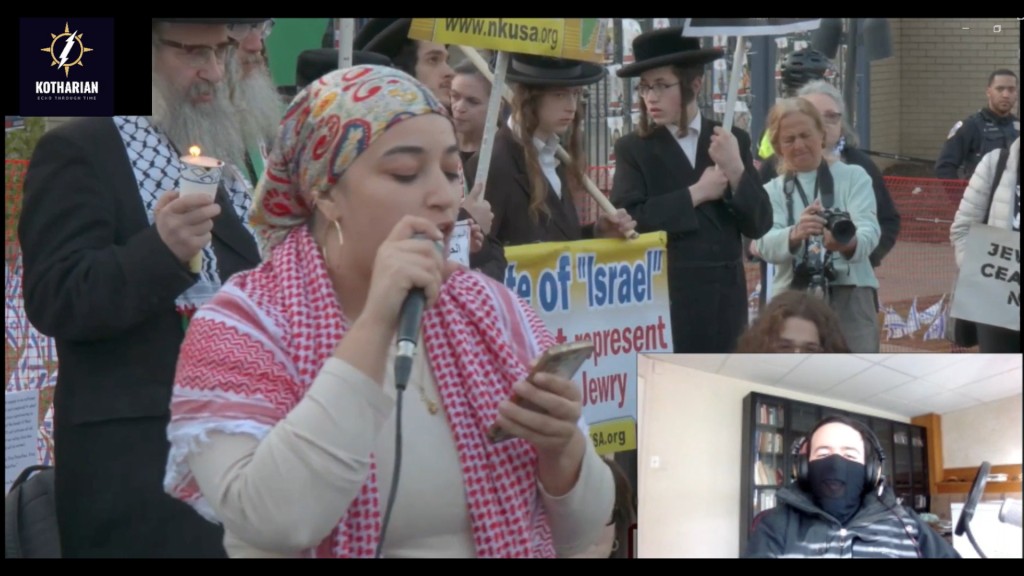Introduction
What makes a hero? That’s a question that has very different meanings depending on which culture and time period you go to. Is a hero a warrior of great strength, a loyal follower of their lord, or a moral paragon? All have been offered as concepts, but the most popular formulation in the western world comes from Greco-Roman culture and the idealic warrior.
Originally in Greco-Roman culture a hero was a soldier noted for their exceptional skill and strength, frequently considered to be a descendant of the gods. The Trojan War is an excellent example of this embodied ideal. Later, Plato and Socrates set up the school of Idealism which taught that every archetype of man corresponds to an idealized version of that thing in the mind of God. In the case of an ideal hero, they held that in addition to possessing strength, skill, and loyalty, an idealized hero should also embody the four virtues, Fortitude, Justice, Prudence, and Temperance (moderation). Aristotle would later add Piety to this list of virtues in his own formulation. A variation of these ideals later took hold in the Christian conception of knightly chivalry.
As for what each of the virtues mean, obviously that varies depending on which philosophy the society of the hero holds. There are points of virtue that a Greco-Roman hero, a chivalric Christian knight, a Dharmic Hindu warrior, and a Zen Buddhist samurai hold in common, but there are many differences as well.
The Five Virtues
Fortitude – To have the courage and strength to uphold justice.
Justice – To do what is right by all people, creatures, and existence itself in one’s thoughts and deeds.
Prudence – To know how and when to act.
Temperance – To know how to act and think in right proportions.
Piety – To honor the will and teachings of the Gods.
The Guide to Hero Types
Having described the general traits of a hero, let us turn to the different types of hero.
Aspirational Heroes
Aspirational heroes embody all of these virtues by nature of their character. Their purpose is to give the reader a standard to aspire to by demonstrating what heroism means. Whatever lessons they may learn and whatever growth they have, their moral character remains the same. They may occasionally question their journey and themselves, but they do not fall or have redemption arcs, for this would lead to them being a cathartic motivational hero. Their personal conflicts more focused upon the contrast between their own ideals and the world around them.
The Chosen
The Chosen is the ultimate human aspirational hero. As their name suggests, they are people whose lives change when they are given their mandate by a force greater than themselves (whether that is a divine being or something similar to one). Before that mandate occurred, they were likely someone living a normal life, though in keeping with their aspirational archetype they always had a good nature. Their journey is often centered around proving themselves worthy of the honor that they have been given.
The Sent
The Sent is the ultimate aspirational hero. This archetype is a divine champion, a hero dispatched to lead and aid others. The Sent is characterized by having always been an aspirational hero (at least from the perspective of the work), and so they do not need to grow in the same way as a Chosen archetype. The most interesting element of a Sent archetype is the influence and effect that they have upon others and the world around them.
Paragon
A Paragon hero represents the ultimate embodiment of human nobility, flowing through their own character. They were never chosen of sent from another force, rather they are simply an expression of the heights to which humanity can rise.
Cathartic Motivational Heroes
While aspirational heroes are intended to inspire the reader with their deeds, they typically come across as less relatable, much in the same way that one might not be able to understand how a saint or a guru sees the world. By contrast, cathartic motivational heroes are those heroic characters who embody human traits with their faults, failings, and successes. They rise, fall, and exist, but ultimately they make heroic choices. Because the hero is very relatable by their story and characteristics, the reader can see aspects of themselves.
The Everyman
The Everyman is an average person placed in a situation where they act as a hero. They have the same failings, weaknesses, and strengths as an average person. This archetype should feel inherently relatable to the reader, as they lack the more interesting backstory of some other types of CM heroes. Everymen frequently face struggles with their worthiness and competence, often having to prove their worth to themselves as much as others.
Redeemed
Redeemed heroes are former villains who have turned their back on evil ways and become heroes. Sometimes they completely abandon their past, turning into a Redeemed hero. Other times they keep some of their villainous traits, becoming anti-heroes. Certainly an interesting choice, provided one can make their redemption feel earned. They offer a chance to explore the concepts of forgiveness, mercy, and moral change.
Reluctant
Reluctant heroes do not set out to become heroes, instead the world place them in situations where they have to act the part of heroes. Depending on how reluctant you make them, they might even resemble more of an anti-hero. Reluctant heroes struggle with what motivates them to do good deeds, and they frequently find themselves questioning their actions or attempting to leave the life of a hero behind. One popular twist on the reluctant hero archetype is a villain who is forced to play the role of a hero because of their life circumstances.
Trickster
Trickster heroes are defined by tactics that are sneaky and underhanded. They are willing to deceive others, whether to defeat an enemy or to make their allies stronger. Personality wise they range anywhere from calm and collected to nearly insane. Given their tactics and amoralism (at times), they frequently appear as anti-heroes. Rather differently from other heroes, tricksters are often more profound and interesting when less is known about them. This leaves their characteristics and tendencies a mystery, fitting for their actions are all too often near random, acting upon a pattern and tendencies that others little understand.
Vigilantes
Vigilantes are heroes who act outside the law and the bounds of normal society. Sometimes this is by choice (made to support the authorities of a society), other times the hero is forced to act outside the boundaries of law because the law itself is corrupt or weak (whether in reality or in the mind of the Vigilante). Depending on the reason for a Vigilante’s actions they can range from heroes to anti heroes and even to villains.
A Guide to Villains
In the same way that heroes are defined by their allegiance to virtue, villains are defined by their defiance of virtue, or their interpretation of virtue in a twisted manner. The most trait that marks a villain is injustice, and this is the most common flaw they are given. However, virtually any violation of the heroic virtues can be the mark of a villain. Villains can be divided into two distinct categories, elemental villains and fallen villains.
The Five Evils
Cowardice – To have weak and ever shifting morals and positions.
Injustice – To do wrong in ones actions, words, and deeds.
Rashness – Acting without thought or plan.
Extremism – Conducting ones actions in a way that is uncalled for and failing to moderate one’s emotions.
Nihilism – To hold that existence is without a purpose, and to act upon that principle.
Elemental/Pure Evil
Elemental evil characters exist in opposition to what is good and right by their nature. If they are god-like entities, then their characters are frequently full of malice and hate, ever desiring destruction, corruption, and power as their goal. One might think of a Lovecraftian god or a fiend as examples. If the character is a human, then they are a psychopath that embodies the worst of humanity, always invariably being inclined to evil, even if their true nature is sometimes hidden by trickery. Generally speaking, it is better if the backgrounds of human pure evil characters are kept vague and uncertain. That way they can best embody elemental evil without confusing it for some variant of a fallen villain. Whether human or inhuman, these characters serve to embody a particular type of evil.
– Fallen
Fallen villains were once heroes or ordinary people who descended into villainy, whether by choice or circumstance. They embody what could happen to anyone if they make the wrong choices and given in to evil.
– Involuntary
– Sometimes people are forced to act as villains because of situations beyond their control. One might think of brainwashed people or those forced to perform villainous actions because of a hostage situation.
– Mirror
A mirror is a character who embodies the exact opposite traits of the hero while resembling them in their role. The name of this trope comes from the concept that when facing a mirror, one’s actions are mirrored by the reflection. When you raise your left hand, the mirrored image raises its right hand. If you have a hero who is an aspiration character, then the villain might be pure evil. If the hero learns and grows in goodness, then the villain sinks further into evil. If the hero works by cunning, then their mirror works by brute force. If the hero wants to preserve something, then the mirror wants to destroy it. If the hero had a happy upbringing, their mirror might have had a rough upbringing. If the hero is poor, then the mirror might be wealthy.
Mirrors can be simple or complex depending on what aspects of a character are mirrored. You can use a simple mirror, such as wealth vs poverty, or you can use a much more psychological mirror. The choice is yours.
– Opportunistic
– Opportunistic villains are mercenaries that perform villainous actions because they are receiving money, or see an opportunity for personal gain. These villains range from simplistic henchmen to those steeped in political intrigue. While rarely the final villain, mercenaries can be interesting in their own way.
– Shadow
Shadows are another type of psychological villain. They serve as the embodiment of the worst characteristics, fears, and tendencies of the hero opposed to them. Often the Shadow is a fallen hero who once embodied the same principles of the main character, but who has now been corrupted and turned against everything they stood for. Shadows are perhaps the most interesting types of villains since they most clearly define and play off of the hero’s psychology. Personally, I favor using shadows as sources of temptation, particularly because they know how to manipulate and test a hero, seeking to break them to their cause.
– Tragic
– Tragic villains are those pushed to evil out tragic circumstances. Typically these villains don’t ultimately want to be evil, but they are either mentally broken or convinced about the necessity of using evil to achieve a cause.
The Guide to the In-between
Some characters do not fit neatly into either the hero or villain archetype. Here are a few examples.
– Anti-Hero
Anti-heroes are characters who claim to see justice, but who fail to embody the traits of a hero. Usually this is because they lack prudence and temperance, resorting to excessively violent or reckless tactics. Characters that are prone to anger, arrogance, cowardice, self doubt/hesitancy, and violent outbursts can also be considered anti-heroes when any of those characteristics are taken to the extreme. Note that a fine line must be walked when characterizing an anti-hero. If you make the character too likable, then they are more a cathartic-motivational hero with some character flaws. By contrast, too many flaws will result in the character becoming seen as an anti-villain.
– Anti-Villain
Anti-villains are villains who attempt to use evil to bring about a good end, villains who are talked into lending their talents for a good cause, or villains have some heroic characteristics. They can range from charismatic leaders with good talking points to villains who are directly trying to sabotage their own factions. Some anti-villains even commit evil for the purpose of making the protagonist/heroes stronger when they defeat the anti-villain.
– Dark Messiah/Necessary Evil
Dark Messiahs seek to use violent or unusual methods to bring about a claimed greater good. Their follows attribute some sort of messianic/cultic power to them, whether reflected in a religious sect or a secular cult of personality. Dark Messiahs are convinced that they are in the right, justifying their actions with the end that they seek. Depending on the tactics that they use and the moral standard they are held against, they can range from anti-heroes to villains.
– Non-villainous Antagonist
Non-villainous antagonists are not villains in the true sense. While they are opposed to the goals of the protagonist(s), they do not possess the traits of a villain. For example, if the protagonist is a child in a science competition, the other children hardly need be villains to make a convincing story. This kind of antagonist also works well in stories that have dueling protagonists who are in opposed factions.
– Opportunist/Neutral
Opportunistic characters can act for good or evil, depending on the benefits that they personally get from aligning themselves to a faction. They include mercenaries and characters who join adventures out of convenience rather than a sense of nobility. This does not mean that they cannot develop into heroes, but they are often more akin to anti-heroes, anti-villains, or neutral characters upon their first introduction.
